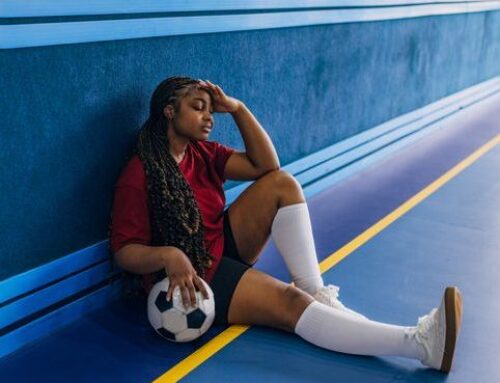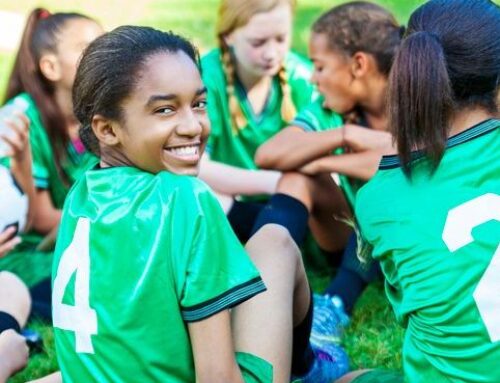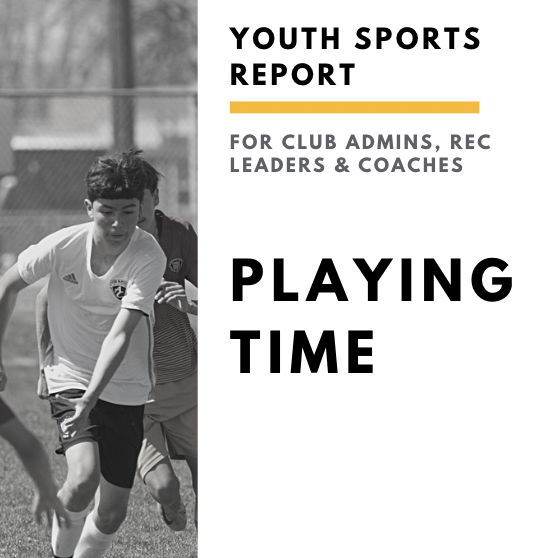Get our exclusive report. Download the iSport360 Club Switching Report Here – For Club Admins, Rec Leaders and Coaches.
Bullying in Youth Sports: What is the impact?
Youth sports are often celebrated for their ability to foster teamwork, camaraderie, and personal growth. However, beneath the surface of the playing field, a darker reality sometimes lurks: teammate bullying. This pervasive issue can have profound and lasting effects on young athletes, impacting their confidence, mental well-being, and love for the game. In this blog post, we’ll explore the damaging consequences of teammate bullying and discuss strategies for creating a safer and more supportive environment for all players.
The Hidden Harm of Bullying
Teammate bullying in youth sports can take many forms, from verbal taunts and exclusion to physical aggression and intimidation. Regardless of the method, the impact on the victim can be devastating. Bullying undermines a player’s sense of belonging and self-worth, creating feelings of isolation, anxiety, and depression. It can erode their confidence and passion for the sport, turning something they once loved into a source of fear and dread.
Moreover, teammate bullying can have long-term consequences that extend far beyond the playing field. Research has shown that victims of bullying are more likely to struggle academically, experience social difficulties, and develop mental health issues later in life. The scars left by teammate bullying can last a lifetime, affecting relationships, career aspirations, and overall well-being.
Creating a Culture of Respect and Inclusion
As coaches, parents, and administrators, we have a responsibility to create a culture of respect and inclusion in youth sports. This begins with fostering open communication and empathy among players, encouraging them to speak up against bullying and support each other as teammates and friends. By establishing clear guidelines and consequences for bullying behavior, we send a powerful message that such actions will not be tolerated.
Furthermore, coaches play a crucial role in setting the tone for the team. By leading by example and promoting sportsmanship, kindness, and empathy, they can create a positive and supportive environment where every player feels valued and accepted. Team-building activities, group discussions, and workshops on conflict resolution and empathy can also help foster a sense of unity and understanding among players.
Empowering Victims and Bystanders
In addition to addressing bullying behavior, it’s essential to empower victims and bystanders to speak out and seek support. Victims of bullying should feel safe and supported in reporting incidents to coaches, parents, or other trusted adults. Likewise, bystanders have a responsibility to intervene and support their teammates when they witness bullying, whether by speaking up, offering assistance, or seeking help from a coach or authority figure.
Moreover, coaches can work with players to build resilience and coping strategies to deal with bullying and adversity. Teaching players to assertively communicate their boundaries, seek support from trusted adults, and cultivate a strong support network of friends and teammates can help them navigate challenging situations with confidence and self-assurance.
Conclusion
Teammate bullying is a serious issue that can have profound and lasting effects on young athletes. By fostering a culture of respect, inclusion, and empathy, we can create safer and more supportive environments where all players can thrive and fulfill their potential. Together, let’s stand up against bullying and work towards a future where youth sports are a source of joy, growth, and empowerment for all.
iSport360 is the only app that does it all for youth sports. For more information on what we do, click here.
About the author:
Amy Masters is a sports mom, coach, and club administrator. She has been coaching youth sports for more than 10 years. She started Jr Lions Field Hockey, the youth recreation program for the Hunterdon County community growing it from 40 players in year 1 to 150 players by year 3. A few years later, she saw the love and competitiveness grow then started Omega Field Hockey Club serving NJ and PA players. Before coaching, she was a collegiate field hockey player for Lock Haven University. In her spare time (lol), she is head of marketing for iSport360 and the co-editor of the Youth Sports Survival Guide. The Youth Sports Survival Guide is the largest youth sports newsletter in the world.
Learn more or request a demo of our youth sports software that is helping teams improve communication, organization and player development.
August 21, 2024





